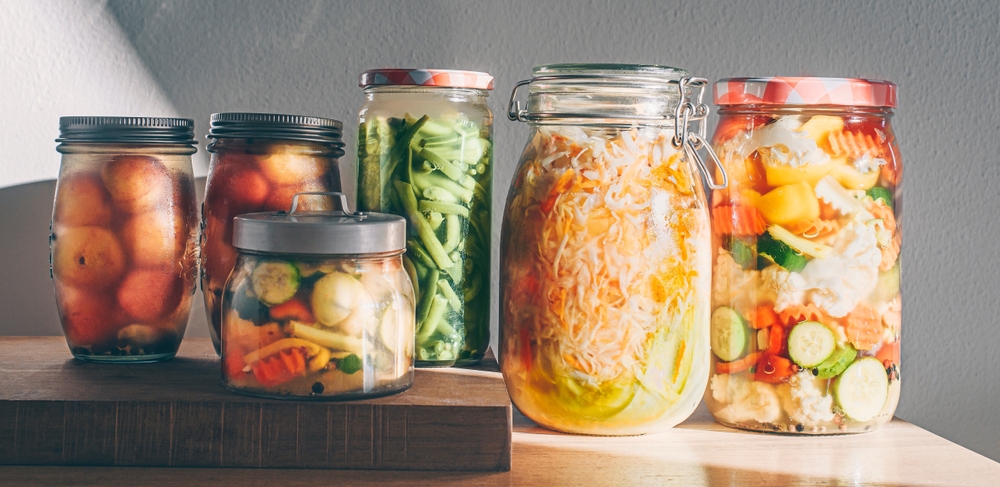Simple Swap Ideas to Reduce Animal Products Without Losing Flavor
Reducing animal products in meals doesn’t mean sacrificing taste. With mindful swaps, layered seasonings, and practical techniques you can keep familiar textures and savory depth while leaning more plant-based. These ideas focus on pantry basics, seasonal produce, fermentation, and meal-prep strategies that maintain nutrition and support sustainability.

Reducing animal products in meals doesn’t mean sacrificing taste, texture, or satisfaction. Small, intentional swaps—paired with seasoning techniques and simple preparations—let you recreate richness and umami while emphasizing plant-based ingredients. This article covers pantry essentials, legumes and grains for structure, fermentation for depth, seasonal choices that support sustainability, and meal-prep methods that make transitions practical. The aim is flavor-first guidance so you can reduce animal products gradually without losing the sensory cues that make meals enjoyable.
Plant-based pantry swaps
A well-stocked pantry makes plant-based swaps straightforward. Replace butter with neutral oils or clarified plant-based spreads for sautéing and baking; use tahini or nut butters to add creamy body in dressings and sauces. Miso, soy sauce, tomato paste, and vegetable stock contribute savory depth. Nutritional yeast simulates cheesy notes in sauces and sprinkled finishes. Keep dried herbs, smoked paprika, and whole spices to layer complexity—these staples enable reliable results when adapting familiar recipes.
Legumes and grains for texture
Legumes and whole grains provide protein, chew, and satiety—key attributes when reducing animal products. Chickpeas and lentils mash into burgers, stews, and fillings to deliver density; black beans work well in tacos and stews for moisture and texture. Farro, barley, and brown rice add nutty chew for bowls and salads. Combining legumes with grains improves amino-acid balance and results in a rounded mouthfeel that replaces the bulk and bite often associated with meat.
Fermentation for depth of flavors
Fermented foods introduce layered, savory notes that can stand in for the complexity animal products provide. Miso stirred into soups or marinades, kimchi or sauerkraut as toppings, and fermented hot sauces for heat and tang add umami and acidity. Small amounts of fermented ingredients amplify overall flavor, allowing simpler plant-based bases to read as more savory and satisfying. Fermentation also helps preserve seasonal produce, aligning with zero-waste practices.
Seasonal produce and sustainability
Cooking with seasonal produce enhances flavor while supporting sustainability. Roasted winter roots and squash develop concentrated sweetness and caramelized edges that pair well with smoky or acidic finishes. Summer tomatoes, fresh herbs, and tender greens bring brightness without heavy accompaniments. Planning menus around what’s local and in season typically reduces environmental impact and encourages diversity in meals, which helps maintain balanced nutrition while keeping flavors interesting.
Meal-prep, pairing, and techniques
Practical meal-prep makes plant-based eating convenient. Batch-cook grains and legumes, roast trays of seasonal vegetables, and prepare versatile sauces—tahini-lemon, herbed vinaigrette, or spiced tomato—to assemble bowls quickly. Pair creamy elements (pureed beans, avocado, coconut yogurt) with acid (vinegar, citrus) for contrast. Techniques like searing, charring, and deglazing build caramelization and pan sauces that mimic richness without animal fats, while toasting spices unlocks aromatics that elevate simple ingredients.
Nutrition, zero-waste, and recipes
Maintaining nutrition while reducing animal products means variety and attention to key nutrients. Rotate legumes, whole grains, nuts, seeds, and fortified foods to cover protein, iron, calcium, and B12 from fortified sources. Use whole-ingredient recipes that repurpose scraps—vegetable tops for stock, peels roasted into crisps—to support zero-waste goals. Try simple dishes like lentil Bolognese over whole-grain pasta, smoky chickpea salad wraps, or a grain bowl with miso-glazed vegetables; these preserve bold flavors and deliver balanced nutrition.
Reducing animal products can be gradual and flavor-driven rather than restrictive. Emphasize plant-based pantry staples, legumes and grains for texture, fermented condiments for depth, seasonal produce for freshness, and meal-prep techniques that make everyday cooking easier. Small swaps—such as mashed beans for binders, a splash of miso in a sauce, or finishing a dish with a bright vinegar—help maintain the flavors you enjoy while supporting sustainability and diverse, nutritious meals.





